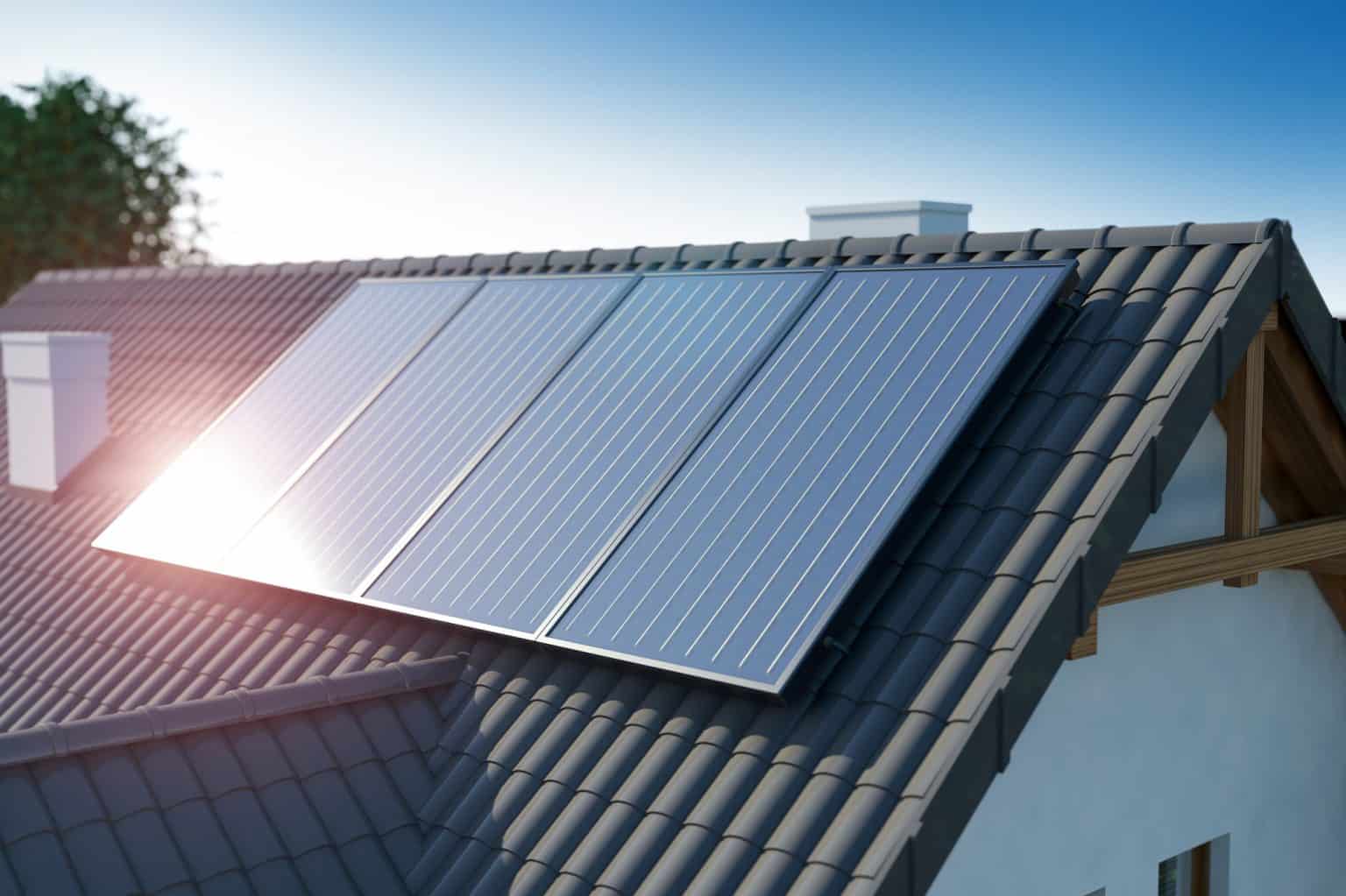Solar Panels Not Working? Check These Things
June 8, 2024

Solar Panel Problems Troubleshooting Checklist: Since the majority of households install solar photovoltaic (PV) panels to save money, the easiest way to tell if your panels are functioning is to check your power bill. You can tell something is awry if this month’s statement is much higher than last month’s.
However, for a number of reasons, this approach is really among the worst for determining whether or not your solar panels are operating as intended.
- It could be several weeks before you get your next utility statement. And you can lose a lot of money waiting to find out if your solar system is broken.
- Solar generating potential varies daily and can vary significantly over the year due to seasonal variations and the sun’s shifting location.
- Utility rates are constantly changing, so more spending may be a true indication of rising prices rather than a decline in solar performance.
- Monthly utility statements do not show how much solar electricity your system produced for usage in the home; they only show what you feed into the grid.
- It is often difficult to accurately assess the health of your PV system because the solar electricity you do transfer into the utility network isn’t necessarily categorized.
Worse even, it is impossible to determine your solar production from even the most thorough and precise utility statements. For instance, a steady bill could simply indicate that your PV system is underperforming and not generating the potential savings it could.
This is not to say that you shouldn’t occasionally review your utility bills. These assertions, however, are unable to reveal hidden issues or assist you in resolving them.
Fortunately, all guesswork may be removed. These address the most likely causes of your solar panels not functioning as well as the best self-help solutions.
Check your breakers
Isn’t it annoying when your phone tech support asks you to confirm that the computer you are troubleshooting is connected and turned on? It’s demeaning. However, these customer service representatives must inquire because one of the most frequent causes of a user’s computer not working is an “off” PC.
The same is true with breaker switches or the little fuse boxes that control the flow of energy in your home.
These switches can trip due to surges, errors, and overloads, which prevents solar energy from powering devices or entering the grid. However, returning them to their original state usually takes care of the problem.
Check for obstructions
Given that solar panels require direct sunlight to produce energy, it’s critical to keep your panels clear of anything that could prevent this production, such as:
- Trees with recent foliage can be obstructing light. In this situation, you might need to prune certain branches.
- A buildup of dust, dirt, and pollen can gradually accumulate and block sunlight from reaching your PV panels. Here are some free guidelines for correctly cleaning solar panels.
Check for obstacles underneath the panels as well. Nesting mice, birds, and other vermin can harm the parts of your PV system, resulting in less energy being produced. Therefore, it’s crucial to remove any waste and dirt. In order to avoid repeat infestations, it is also a good idea to install a pest guard or hire a pest removal company.
Check Your Solar Inverter
The inverter that converts the direct current (DC) electricity from your solar panels into alternating current (AC) electricity for your home’s appliances is almost always included with PV installations.
Your solar inverter is operating if its light is constant and green. And you don’t need to do anything.
- If your inverter’s light is yellow, red, or flashing – there may be a problem.
Check Your Solar Meter
Real-time energy generation from your PV system is recorded by solar meters. Additionally, this enables you to identify abnormalities by comparing historical production data to the most recent data. Solar meters are sometimes the first (and only) line of defense for homeowners against lost savings.
Install solar monitoring
The majority of performance faults ought to be detectable at an early stage if you have a functioning solar meter and remember to check it on a regular basis. But you must bear in mind. Additionally, you must maintain track of historical data in order to properly contextualize current solar production figures.
For the average homeowner, this type of diligence isn’t always practical.
A more effective strategy entails installing solar monitoring or fixing your current monitoring setup.
- Run invisibly in the background, monitoring the production of your PV system in real time.
- Permit you to use any computer or mobile device to retrieve this performance data.
- To assess the health of your solar installation, examine your historical generation statistics, the current weather, and what your neighbors are producing.
- Notify you when the output of your PV system deviates from the expected range.
The majority of solar monitoring programs can tell you that your PV installation’s output is significantly lower than that of comparable-sized systems in your area, even if it is “stable.” You can then take action and configure your system to save as much money as possible.
Go Solar & get smart energy
Related Articles:






